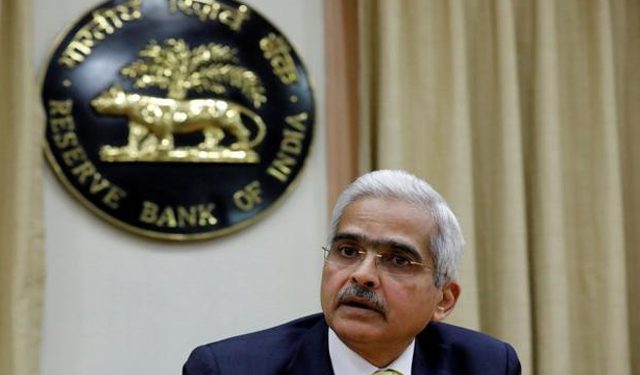Mumbai: The Reserve Bank of India Wednesday broke with convention by reducing its key lending rates by 35 basis points which is expected to make home and auto loans cheaper and rev-up the economy by unleashing consumption.
Accordingly, the the RBI’s monetary policy committee (MPC) in its third policy review of the current fiscal reduced the repo, or short term lending rate for commercial banks, by 35 basis points to 5.40 per cent from 5.75 per cent.
Acknowledging the change, RBI Governor Shaktikanta Das while answering a question during the post policy press interaction, defended the decision to reduce the rate by 35 basis points and stated that there is nothing “sacrosanct” in maneuvering the policy in the multiples of 25 basis points.
Das added that that MPC found 35 basis points as sufficient for the time period, as 25 basis points would have been “inadequate” and 50 would have been “excessive”. In a significant departure of sort from convention the RBI reduced key lending rates by 35 basis points. Historically, the central bank has been either reducing or increasing rates in the multiples of 25 basis points.
The reverse repo rate was revised to 5.15 per cent, and the marginal standing facility (MSF) rate and the bank rate to 5.65 per cent. Besides, reducing key lending rates for the fourth consecutive time, the MPC maintained its accommodative stance of monetary policy.
On growth, the MPC reduced the growth forecast to 6.9 per cent from 7 per cent in FY2019-20. The GDP growth for the first quarter of FY2020-21 is projected at 7.4 per cent.
In the June resolution, MPC had projected the real GDP growth for 2019-20 at 7 per cent — in the range of 6.4-6.7 per cent for H1:2019-20 and 7.2-7.5 per cent for H2 — with risks evenly balanced.
“Various high frequency indicators suggest weakening of both domestic and external demand conditions,” the MPC said in a statement.
“The ‘Business Expectations Index of the Reserve Bank’s industrial outlook survey’ shows muted expansion in demand conditions in Q2, although a decline in input costs augurs well for growth.”
However, MPC said that the impact of monetary policy easing since February 2019 is also expected to support economic activity, going forward.
“Moreover, base effects will turn favourable in H2:2019-20. Taking into consideration the above factors, real GDP growth for 2019-20 is revised downwards from 7 per cent in the June policy to 6.9 per cent — in the range of 5.8-6.6 per cent for H1:2019-20 and 7.3-7.5 per cent for H2 — with risks somewhat tilted to the downside…,” the statement said.






































